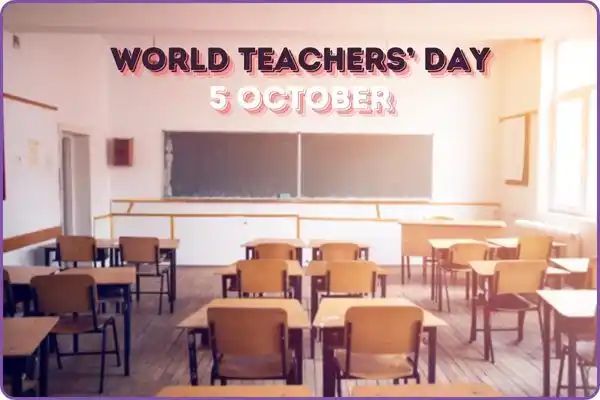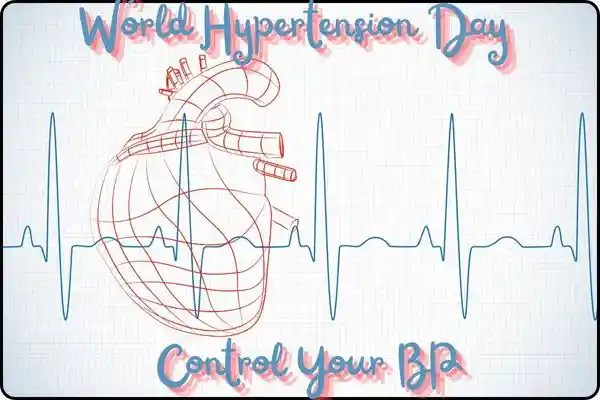World Teachers’ Day
World Teachers’ Day: Honoring Educators and Evolving Teaching Methods
Overview of World Teachers’ Day
World Teachers’ Day, celebrated annually on October 5, is a global occasion that honors teachers and their vital role in shaping the future through education. It was established by UNESCO in 1994 to commemorate the adoption of the 1966 ILO/UNESCO Recommendation concerning the status of teachers. The world teachers’ day recognizes the invaluable contribution teachers make to society and highlights the importance of providing them with support and resources.
Education Expenditure in Pakistan as a % of GDP
Pakistan’s education expenditure has witnessed a continuous decline over the years, dropping from 2.65% of GDP in 2015 to an estimated 1.77% in 2024. This reduction severely impacts the quality of education, infrastructure, and access for marginalized communities. To address this pressing issue, it is recommended that the government prioritize education funding, allocate at least 4% of GDP, and implement strategic reforms. Enhancing public-private partnerships, improving teacher training, and increasing accountability in educational institutions can foster a more effective and inclusive education system, ensuring that every child receives a quality education and a brighter future. Here is the table
| Fiscal Year | Expenditure on Education (% of GDP) |
|---|---|
| 2015 | 2.65 |
| 2016 | 2.42 |
| 2017 | 2.14 |
| 2018 | 2.33 |
| 2019 | 2.21 |
| 2020 | 2.06 |
| 2021 | 1.69 |
| 2022 | .1.97 |
| 2023 | 1.5 |
| 2024 | 1.77 |
Importance of Teachers in Society
Teachers are the backbone of any educational system. They mold young minds, nurture creativity, instill values, and equip students with the knowledge and skills needed to face the challenges of the world. A strong educational foundation enables students to grow as responsible citizens and confident professionals, and it is teachers who guide them on this path.
On World Teachers’ Day, educational institutions, students, and communities worldwide express their gratitude for the dedication and hard work of teachers. It’s also a time to address the challenges they face, such as the need for better training, fair wages, and improved working conditions.
Traditional Teaching Methods
Traditional teaching methods, often referred to as the “chalk-and-talk” approach, have been the foundation of education for centuries. These methods involve direct instruction, where the teacher plays the central role in disseminating knowledge, and students passively absorb information.
Key Features of Traditional Teaching:
- Lecture-based Learning: The teacher delivers content through oral presentations, and students take notes.
- Teacher-Centered Approach: Teachers control the learning environment, making decisions about what to teach and how to assess student progress.
- Examinations and Memorization: Emphasis is placed on exams, and students are encouraged to memorize content.
While traditional methods are effective for conveying factual information, they often lack engagement and critical thinking opportunities for students. However, they remain prevalent in many parts of the world, particularly where resources for more innovative approaches may be limited.
Advanced Teaching Methods
As education evolves, new and innovative teaching methods have emerged, focusing on student engagement, collaborative learning, and the use of technology. These advanced teaching methods aim to foster critical thinking, creativity, and practical problem-solving skills in students.
Modern Teaching Methods:
- Flipped Classroom: In this method, students review learning materials (videos, readings) at home and engage in activities and discussions in the classroom. This approach promotes active learning and deeper understanding.
- Blended Learning: Combining online educational materials and traditional classroom methods, blended learning provides students with the flexibility to learn at their own pace and engage in face-to-face interaction with teachers.
- Project-Based Learning (PBL): Students learn by working on projects that solve real-world problems. This hands-on method encourages collaboration, innovation, and the application of knowledge.
- Gamification: Incorporating game-like elements (points, rewards) into the learning process can make education more interactive and fun, particularly for younger students.
Use of Technology:
- Artificial Intelligence (AI): AI-powered tools provide personalized learning experiences, where students receive individualized instruction based on their performance.
- Interactive Learning Platforms: Platforms like Google Classroom, Kahoot, and Zoom have transformed the way education is delivered, enabling teachers to connect with students globally, share resources, and assess learning outcomes.
These methods empower students to take ownership of their learning and prepare them for real-world challenges in a more dynamic way than traditional approaches.
Actions to Improve Teaching
World Teachers’ Day serves as a reminder that more needs to be done to support teachers and enhance the quality of education. Here are a few actions to consider:
1. Investing in Teacher Training
Ongoing professional development is crucial for teachers to stay up-to-date with modern teaching methods and technological advancements. Governments and educational institutions should provide regular training programs to enhance teachers’ skills and classroom effectiveness.
2. Providing Better Resources
Many teachers work in underfunded schools with limited access to resources like textbooks, technology, or even basic classroom supplies. Addressing this disparity is key to ensuring quality education for all.
3. Improving Working Conditions
Teachers often face large class sizes, excessive workloads, and inadequate pay. Advocating for better wages, more manageable class sizes, and a supportive working environment is essential to maintain a motivated teaching workforce.
4. Promoting Mental Health Support
Teachers deal with immense pressure, from managing students to meeting administrative requirements. It is important to offer mental health resources and counseling to help them cope with stress and burnout.
5. Incorporating Student Feedback
Engaging students in the teaching process by collecting their feedback on learning methods and styles can help teachers refine their approach. This collaborative effort creates a more inclusive and effective learning environment.
Conclusion
World Teachers’ Day celebrates the dedication and impact of educators worldwide, while also drawing attention to the need for improvements in the education system. As teaching methods continue to evolve, there is a growing recognition that supporting teachers with the right tools, training, and resources will lead to better learning outcomes for students. Let this world teachers’ day serve as a reminder of the critical role teachers play in shaping the future and the importance of investing in their success.


